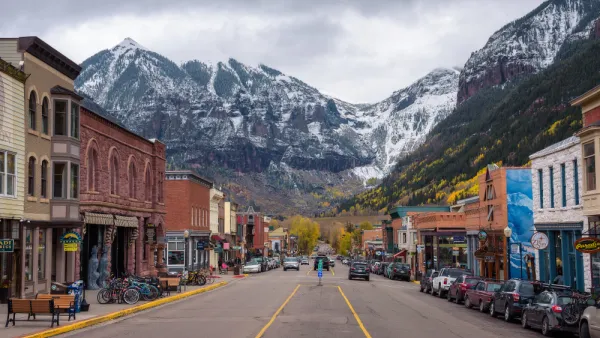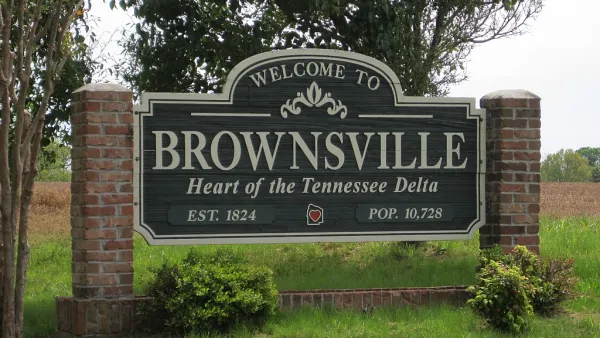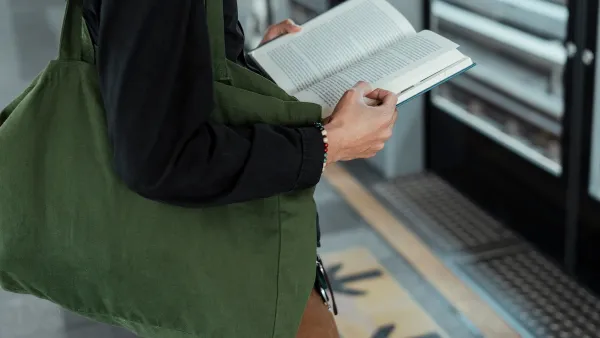Enabling local affections involves hard work from individuals, locally embedded institutions, a built environment scaled to people, and community-focused habits and practices.
Ever since our country was founded, moving has been in our collective DNA. Every year, 30 million Americans move, and we do so for all kinds of reasons—to get an education, to be closer to (or farther from) family, to be nearer to cultural amenities, and (most often) for a job. And although economists laud our incessant mobility as good for national prosperity, critics are increasingly worried about our apparent inability to be in place.
Rather than lament our national restlessness, Melody Warnick sets out to help nomads like herself in her new book, This Is Where You Belong: The Art and Science of Loving the Place You Live. The wife of an itinerant professor, Warnick has certainly contributed to the statistics on moving herself—her recent move to Blacksburg, VA was number six for her family. But instead of succumbing to loneliness and fatigue, as can be the case with any new move to an unknown place, Warnick decides to not just to get to know her community but to learn how to care for it.
FULL STORY: The Emergence of Place Attachment A Review of Melody's Warnick's "This is Where You Belong"

National Parks Layoffs Will Cause Communities to Lose Billions
Thousands of essential park workers were laid off this week, just before the busy spring break season.

Retro-silient?: America’s First “Eco-burb,” The Woodlands Turns 50
A master-planned community north of Houston offers lessons on green infrastructure and resilient design, but falls short of its founder’s lofty affordability and walkability goals.

Delivering for America Plan Will Downgrade Mail Service in at Least 49.5 Percent of Zip Codes
Republican and Democrat lawmakers criticize the plan for its disproportionate negative impact on rural communities.

Test News Post 1
This is a summary

Test News Headline 46
Test for the image on the front page.

Balancing Bombs and Butterflies: How the National Guard Protects a Rare Species
The National Guard at Fort Indiantown Gap uses GIS technology and land management strategies to balance military training with conservation efforts, ensuring the survival of the rare eastern regal fritillary butterfly.
Urban Design for Planners 1: Software Tools
This six-course series explores essential urban design concepts using open source software and equips planners with the tools they need to participate fully in the urban design process.
Planning for Universal Design
Learn the tools for implementing Universal Design in planning regulations.
EMC Planning Group, Inc.
Planetizen
Planetizen
Mpact (formerly Rail~Volution)
Great Falls Development Authority, Inc.
HUDs Office of Policy Development and Research
NYU Wagner Graduate School of Public Service





























